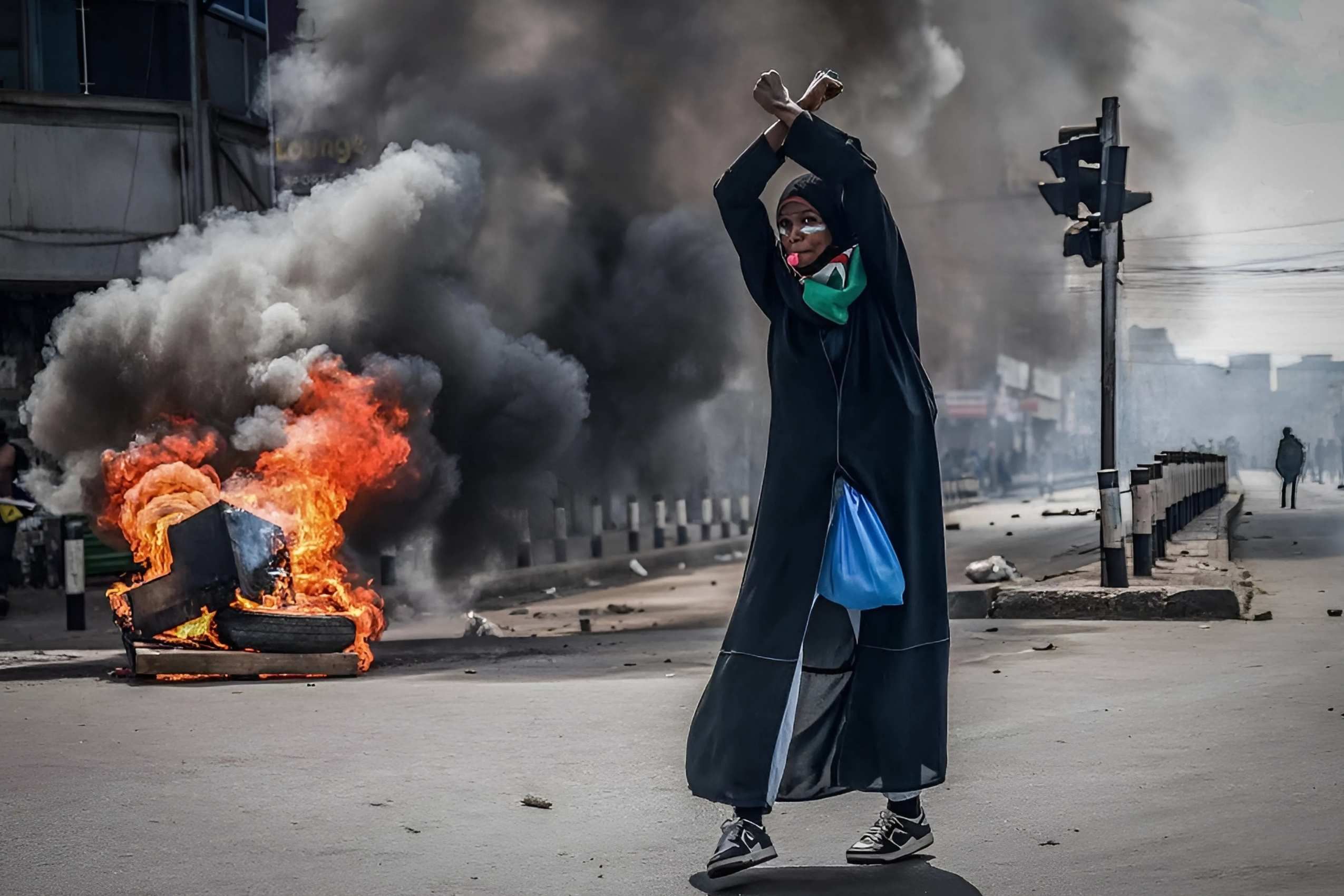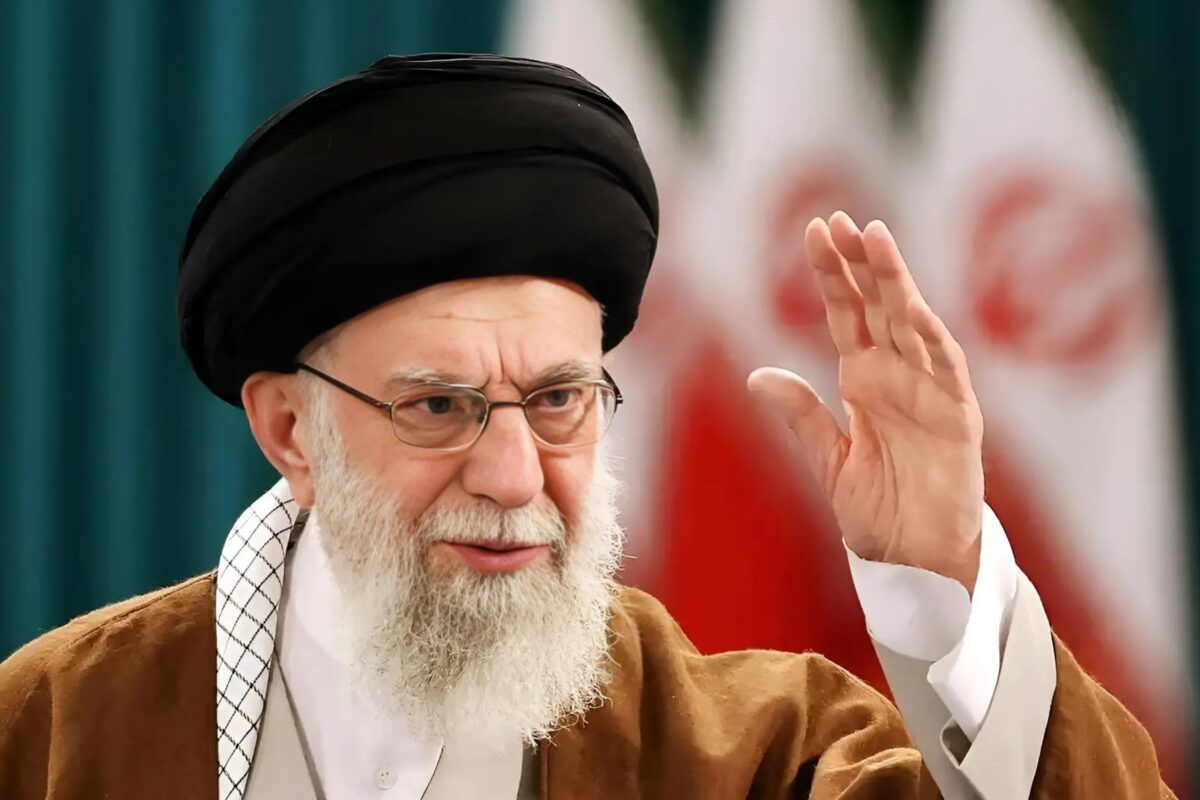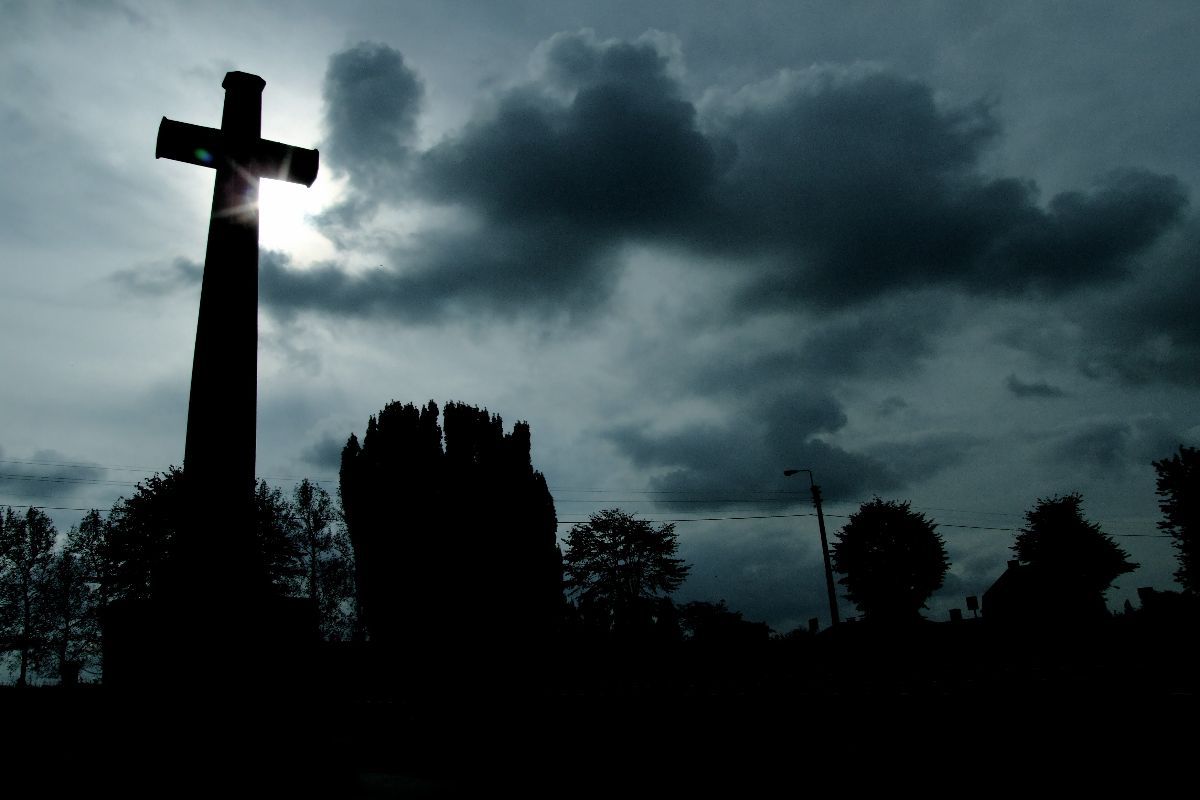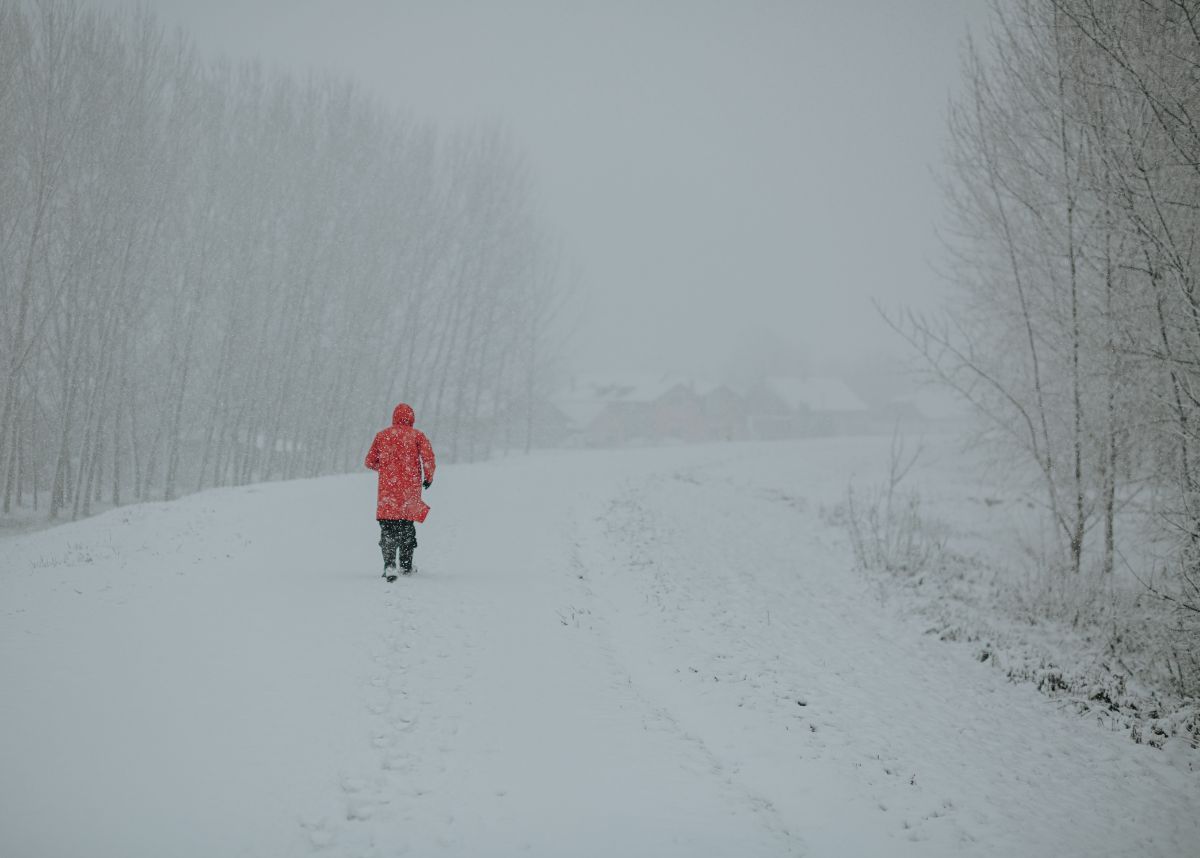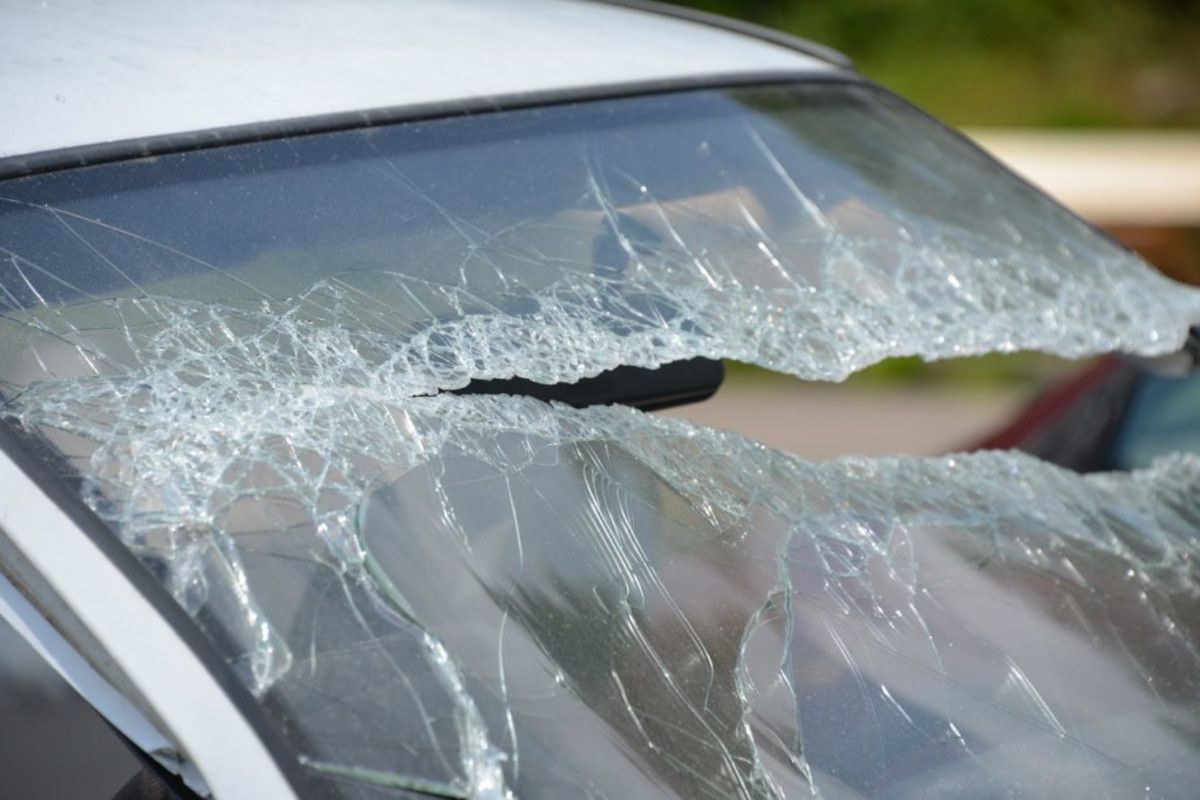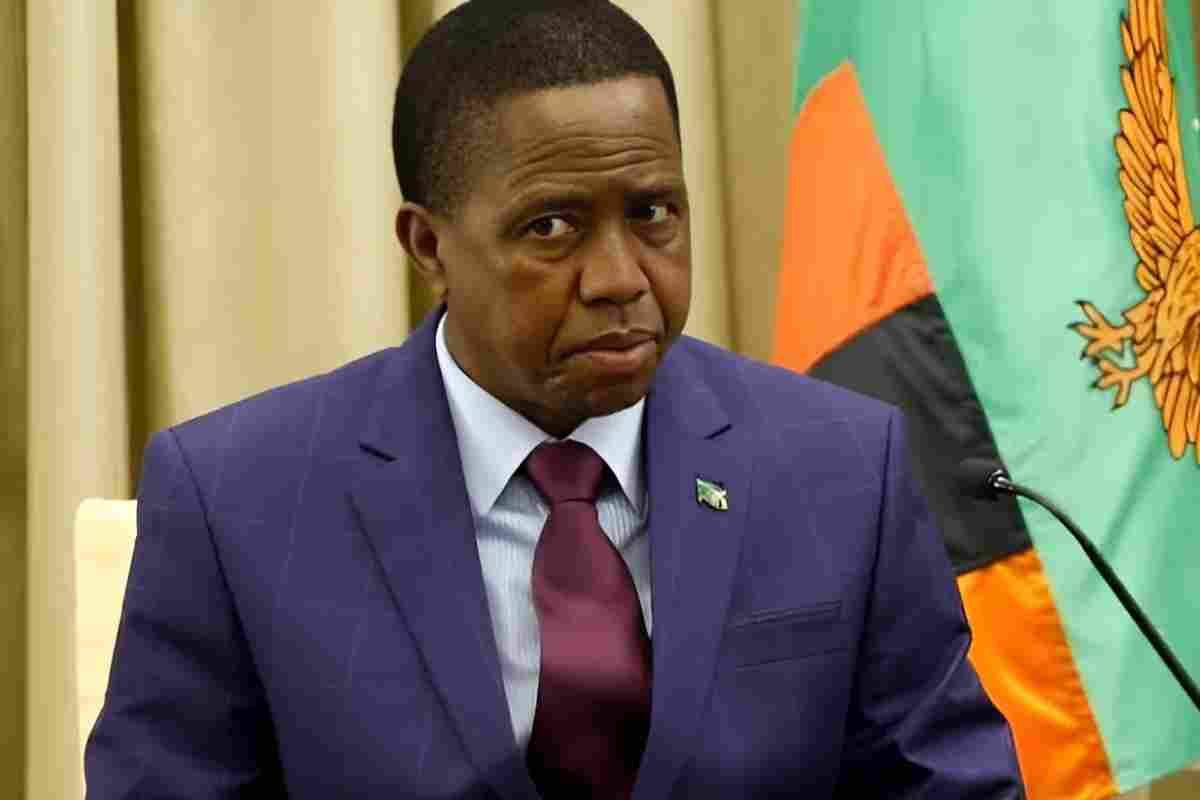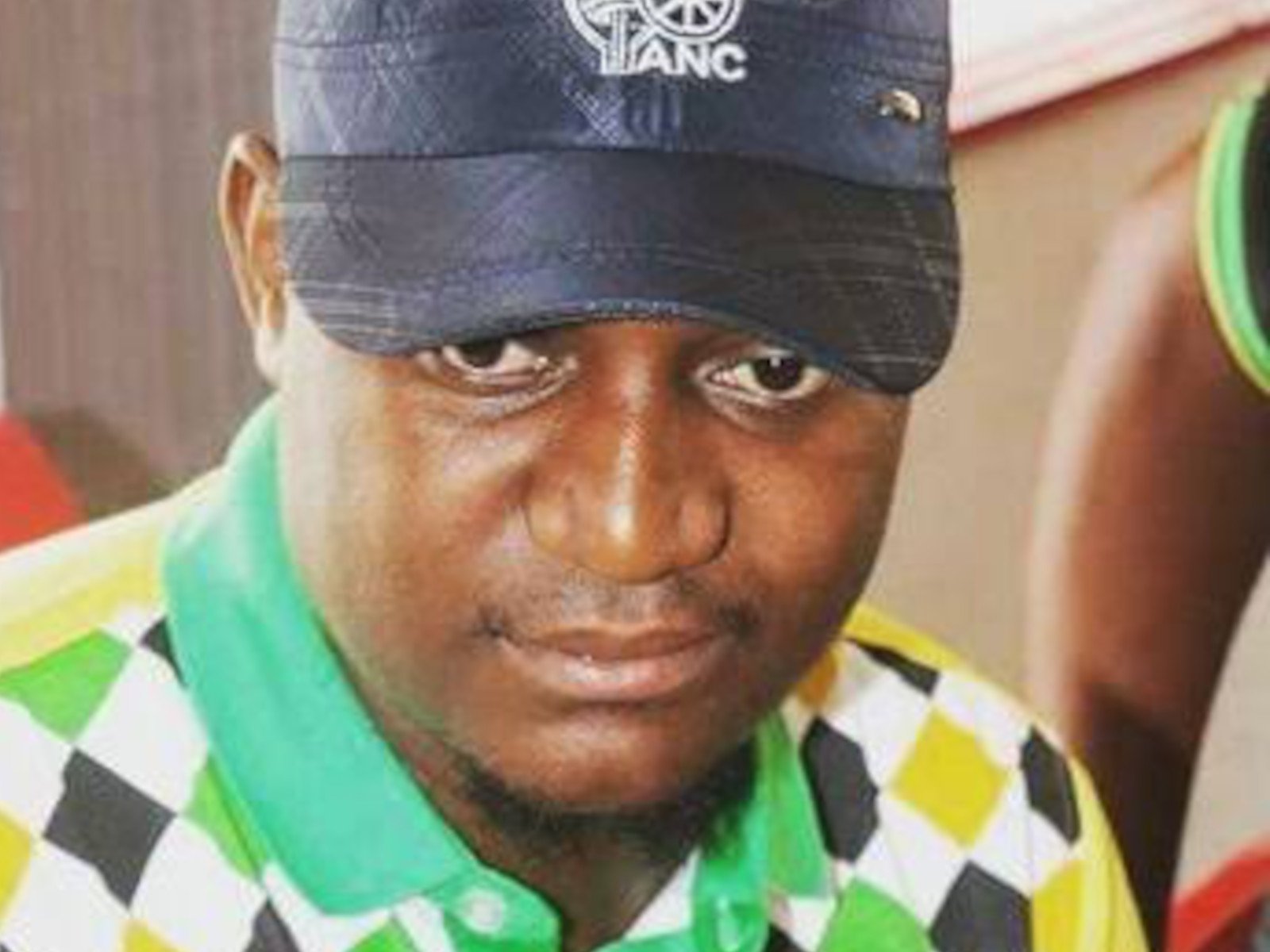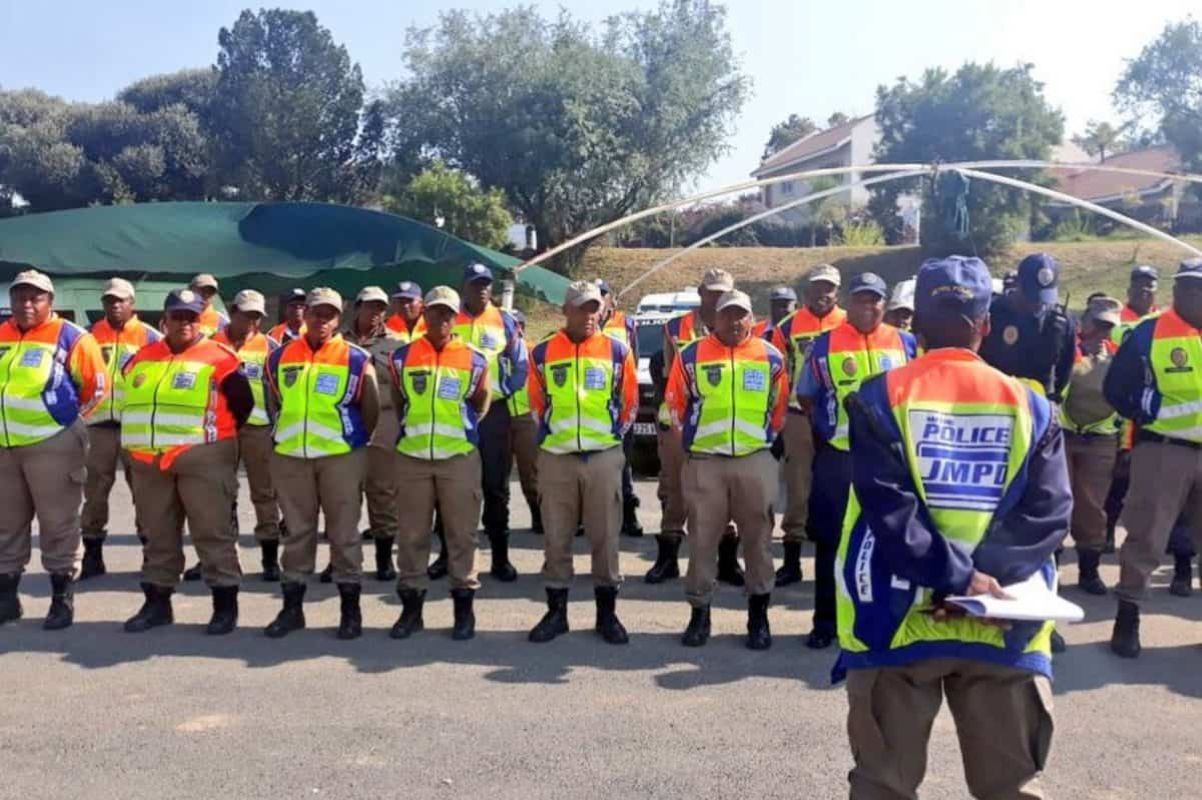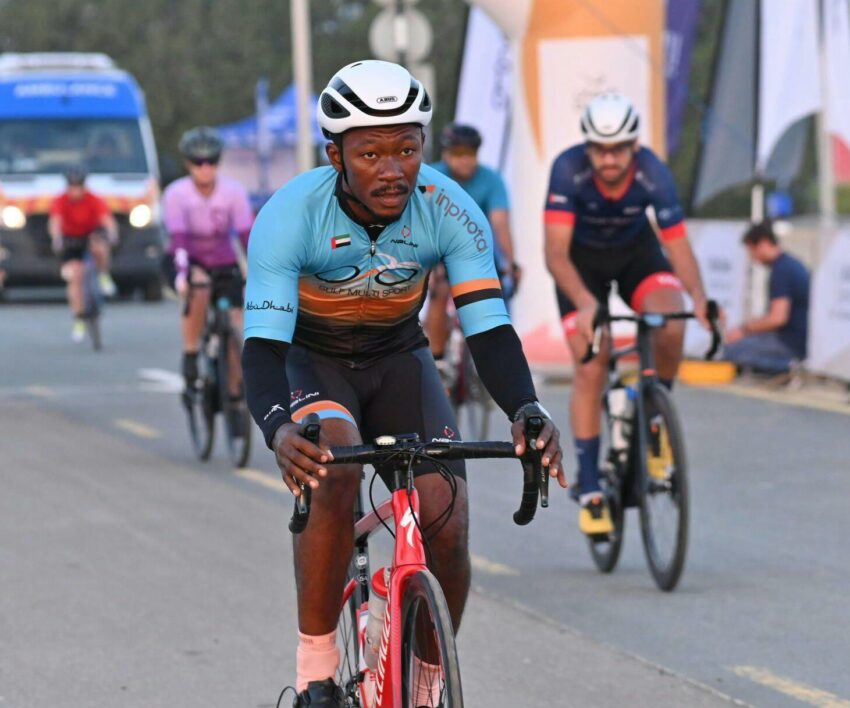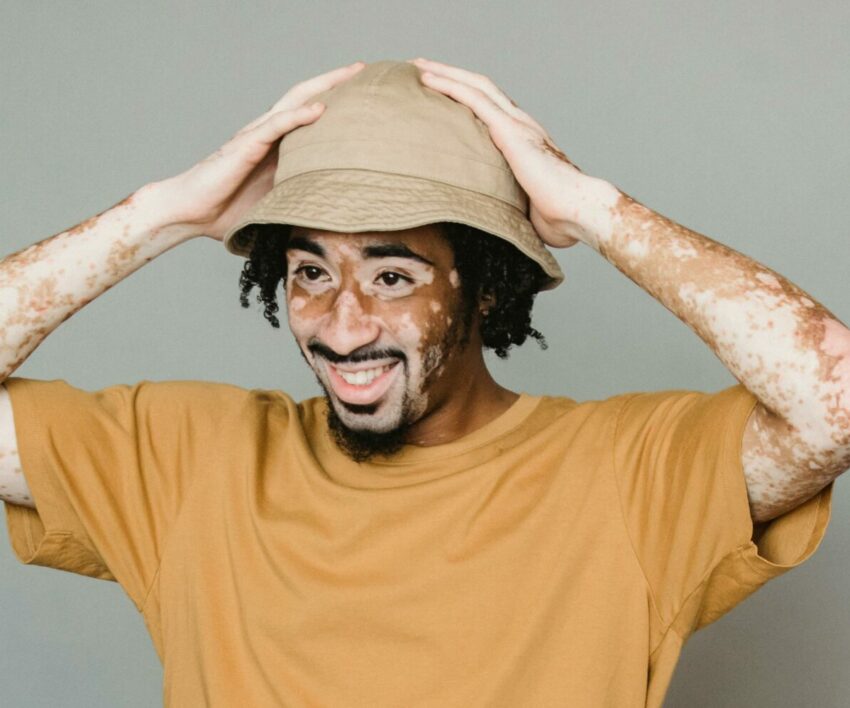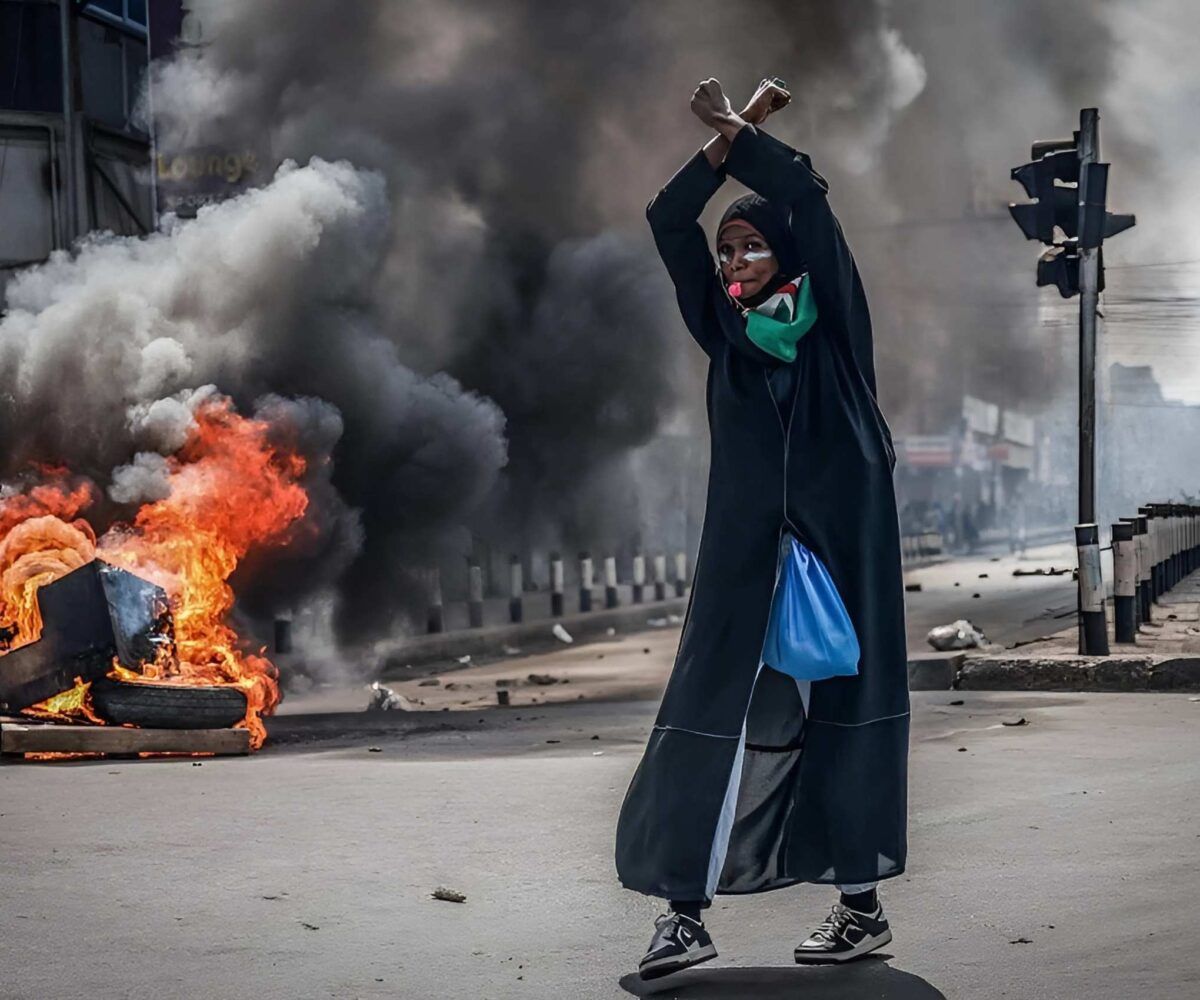
The death of blogger Albert Omondi Ojwang in police custody on 8 June ignited flames of nationwide protests on 25 June.
A video claimed that Deputy Inspector-General of Police Eliud Lagat was planning an extortion syndicate, which led to Ojwang’s concern.
In contrast to the initial police claim that he committed suicide, his body showed signs of severe torture.
Police claims that Ojwang had fatally struck his skull against a wall were refuted by government pathologist Dr Bernard Midia, who flatly denied the possibility of self-harm.
The autopsy revealed significant soft tissue lesions, cervical compression, and blunt force damage to the skull, all of which were consistent with an attack rather than self-harm.
OJWANG’S INFLUENCE ERUPTION
Before becoming well-known as a digital activist on TikTok and X, 31-year-old Albert Omondi Ojwang taught Kiswahili and religious studies at Moi Boys High School in Voi, Taita Taveta County, southern Kenya.
He regularly published tapes detailing alleged illegal arrests and bribery by traffic cops.
On 6 June 2025, he identified high-ranking officials involved in “mafia-style” police corruption in a livestream.
Ojwang openly accused Officer James Mukhwana, Officer Commanding Station Samson Talaam, and Deputy Inspector-General Eliud Lagat of running a police extortion ring.
Later that night, authorities took him into custody without a warrant or public explanation.
Social media platforms, particularly TikTok and X (formerly Twitter), helped #JusticeForOjwang garner national attention and intensify the protests.
NATIONWIDE DAMAGE AND FATALITIES
As of 26 June, Amnesty International (AI) Kenya reported that gunshot wounds had caused hundreds of injuries and 16 fatalities.
The Kenya National Commission on Human Rights (KNCHR), using eyewitness reports, mortuary statistics, and hospital records, confirmed it.
Many stores, particularly in Nairobi and Mombasa, suffered looting, raging flames, or vandalism during rallies.
Traders also reported property damages amounting to millions of Kenyan shillings.
According to Reuters, at least ten buildings in Nairobi’s central business district were on fire.
ACCOUNTABILITY AND CHARGES
Officer Commanding Station (OCS) Samson Talaam, along with two additional police officers and three individuals, faced charges of murder.
Consequently, the Director of Public Prosecutions (DPP) Renson M. Ingonga indicted them in connection with Ojwang’s death on 23 June 2025.
Furthermore, the interior cabinet secretary, Kipchumba Murkomen, called the protesters “terrorism disguised as dissent”.
Many Western embassies and the United Nations (UN) expressed deep concern over the deaths.
They urged the Kenyan government to ensure accountability and protect human rights amid the crisis.
DO YOU BELIEVE JUSTICE WILL BE SERVED FOR OJWANG AND THE 16 KILLED?
Let us know by leaving a comment below, or send a WhatsApp to 060 011 021 11.
Subscribe to The South African website’s newsletters and follow us on WhatsApp, Facebook, X and Bluesky for the latest news
